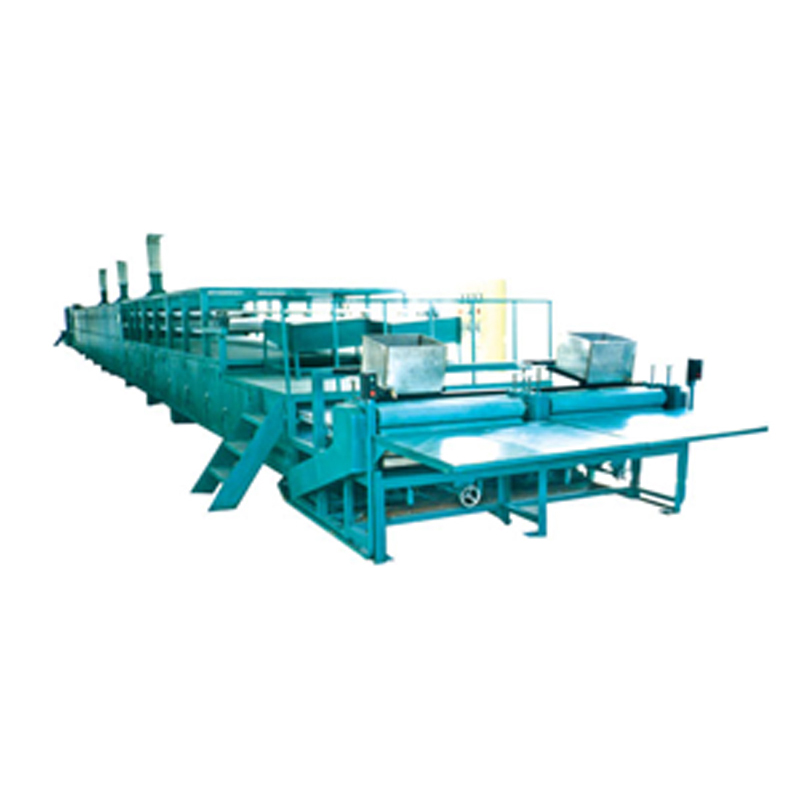Web Menu
Product Search
Exit Menu
Decreasing Paper Waste in the Production Process with Playing Cards Making Machine
Design Playing Card Manufacturing Machine Maker in China
The Playing Cards Making Machine stands at the front of the card manufacturing industry, tasked with the responsibility of producing millions of decks while minimizing environmental impact. One of the key challenges in this domain is the reduction of paper waste, a critical aspect of sustainable production practices. This article examines the strategies employed by the Playing Cards Making Machine to achieve this goal, ensuring that the process is as efficient and eco-friendly as possible.

The efficiency of the Playing Cards Making Machine is crucial in reducing paper waste. By utilizing advanced technology, these machines are designed to decrease the amount of paper used in each production cycle. The precision cutting mechanisms of the Playing Cards Making Machine ensure that the cards are cut to exact sizes, reducing the need for rework and the generation of excess paper scraps. This not only conserves resources but also lowers production costs.
Moreover, the Playing Cards Making Machine often incorporates digital designs that allow for the optimization of paper usage. By using computer-aided design (CAD) software, manufacturers can simulate the layout of cards on a sheet of paper, improving the number of cards that can be produced from a single sheet. This digital optimization process significantly reduces the amount of paper waste generated during the cutting and shaping stages of production.
The use of high-quality paper is another factor that the Playing Cards Making Machine must consider to reduce waste. Investing in durable paper that withstands the rigors of play and handling reduces the need for replacement, thereby decreasing overall paper consumption. Additionally, the Playing Cards Making Machine can be programmed to detect and separate any defective cards early in the production process, preventing the unnecessary use of paper for cards that will not meet quality standards.
Recycling and reusing paper waste is another strategy employed by the Playing Cards Making Machine. By incorporating systems that collect and recycle paper scraps back into the production line, manufacturers can reduce their paper waste output. This closed-loop system not only conserves resources but also reduces the environmental footprint of the production process.
The implementation of lean manufacturing principles within the Playing Cards Making Machine's operation is also essential. By streamlining the production process and eliminating non-value-added steps, the machine can reduce waste at every stage. This approach focuses on producing only what is needed, when it is needed, which inherently reduces paper waste.
Finally, the continuous improvement of the Playing Cards Making Machine itself is a key factor in waste reduction. As technology advances, newer models of the machine are designed with energy efficiency and waste reduction in mind. These machines are equipped with sensors and monitoring systems that can detect inefficiencies and promptly address them, further minimizing paper waste.
In conclusion, the Playing Cards Making Machine plays a pivotal role in reducing paper waste in the production of playing cards. Through precision engineering, digital optimization, the use of high-quality materials, recycling initiatives, lean manufacturing practices, and technological advancements, the machine is a testament to the industry's commitment to sustainability. As the card manufacturing industry continues to evolve, the Playing Cards Making Machine remains at the heart of these efforts, ensuring that the joy of playing cards can be enjoyed without compromising the environment.




 English
English عربى
عربى











